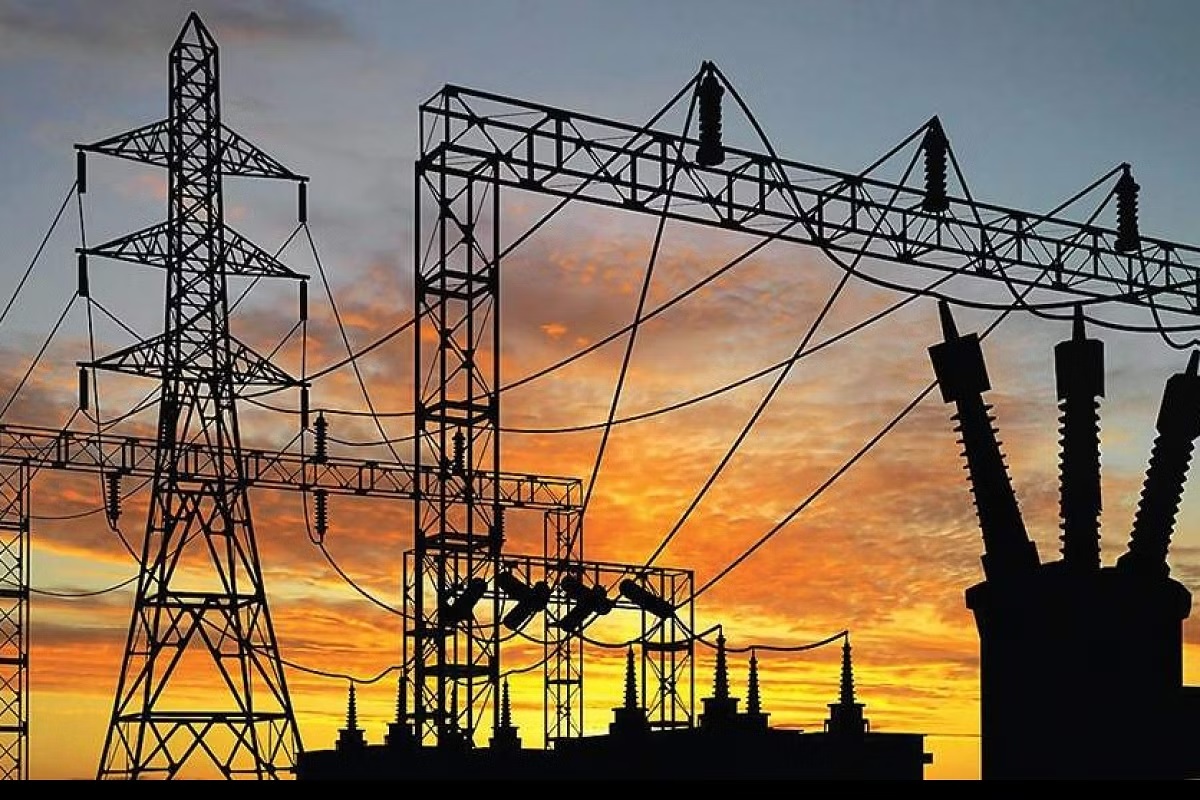
Just three years ago, the proposal for a hike in power tariff went through the motions of a public hearing and got the approval of the Joint Electricity Regulatory Commission (JERC) which issued the order for the Goa Electricity Department (GED) to begin implementing it from 2021-22. But, it was an election year -- Goa Assembly Elections were held in February 2022 -- and expectedly the then Pramod Sawant-led government stepped in citing the stressful economic conditions of people at large due to the Covid pandemic and directed the GED to keep the tariff hike order in abeyance.
The JERC didn't take it kindly, rapping the GED with an order warning that penal action will be taken if its orders are not complied with in the future. Even the GED's submission of the letter from the State cabinet dated August 30, 2021, directing that the tariff order for the financial year 2021-22 be kept in abeyance and the assurance in it that the revenue gap would be compensated by the government with budgetary support, did not cut ice with the commission.
The commission, which acts as a regulator and watchdog of the power sector in Goa, ruled that the GED by keeping the 2021-22 power tariff order in abeyance between April 2021 and March 2022 on hold and continuing with the old tariffs without informing or seeking its approval, had acted beyond its jurisdiction.
In that 2021-22 financial year, the GED had a revenue gap of Rs 381.51 crore, which was borne by the State exchequer through the budget. This revenue gap has been a recurring phenomenon in Goa year after year, with the State government pumping in between Rs 250 to Rs 350 crore through budgetary provisions for several years.
Precisely the reason why technocrat-turned-bureaucrat Stephen Fernandes who is the current Chief Electrical Engineer says there was no option but to propose the tariff hike.
"Otherwise there will be drastic implications for Goa's entire power sector in the future," Fernandes has said, adding that one of the reasons why the tariff for low-tension consumers, including domestic, was proposed to be hiked is because they (LT consumers) are an overwhelmingly larger chunk of Goa's total consumers.
Fernandes says, with a majority affording and actually opting for air-conditioners in their homes, the power consumption load of the domestic category is soaring, arguing that it is yet another reason that justifies a tariff hike.
Only the per-unit tariff is sought to be increased and the fixed costs component in the power bills will remain the same, he said, although there are increasing cases of people with 'second homes' keeping them locked through the year and consume high load of power for one month or a few days the entire year.
Fine print of hike
The hike in energy charges proposed for the low tension domestic consumers amounts to an increase of 13 paise per unit (kWh) from Rs 1.75/kWh to Rs 1.88/kWh for those households that consume between 0-100 units in a billing cycle of 30-31 days. The increase rises to 19 paise per unit from from Rs 2.6 to Rs 2.79 per unit for households who would consume between 101-200 units in the same billing cycle.
Larger households consuming between 201-300 units will pay 40 paise more per unit with the tariff proposal hiking the per unit cost for them from Rs 3.3 to Rs 3.7 per unit while consumers utilising between 301-400 units in a billing cycle will cough up 50 paise more per unit with the tariff for them being proposed to be increased from the existing Rs 4.4 Rs 4.9 per unit.
Meanwhile, for those consuming more than 400 units per billing cycle the tariff hike proposed is 70 paise per unit from Rs 5.1 to Rs 5.8 per unit.
Hike in tariffs have also been proposed for commercial, industrial and agricultural low tension categories as also public lighting, hoardings/signboards and electric vehicle charging stations.
The rates for high tension consumers in the industrial and other categories have been left untouched but the GED is proposing a Time of Day (ToD) based dynamic billing system for them. It entails energy charges proportionate to the State's peak load demand at the time of the day the power is consumed, that is, higher charges for power consumed when the overall State's demand is high and reducing costs for power consumed at other times in the day as and when the State's overall demand declines.
GED's net cost and
revenue projections
For the financial year 2024-25, the year when the tariff hike will be implemented if approved by the JERC, the GED has projected a gross financial (expenditure) requirement of Rs 3,057.5 crore. Simultaneously it has projected that it will earn revenues of Rs 2,442.60 crore from sale of power at the old existing tariffs.
It has thus pegged its revenue gap at Rs 614.94 crore which cannot be surmounted even with the State government's annual budgetary support of Rs 414.73 crore, leaving a gap of Rs 200.22 crore.
This net revenue gap of Rs 200-odd crore the GED is hoping to cover with the tariff hike proposal for low tension consumers and through the ToD system of billing the industrial consumers of the HT category.
According to the CEE Fernandes, the department has projected that power sale revenues from the low tension consumers will increase during the year due to the hike in tariff by Rs 85 crore which will leave it short by approximately Rs 115.3 crore which will be covered by the increase in revenues from the ToD system of billing the industrial consumer.
Although the high tension industrial consumers have not been burdened by any tariff hike, they will still pay higher for energy costs because of the ToD billing and the GED hopes to net Rs 115.3 crore from it.